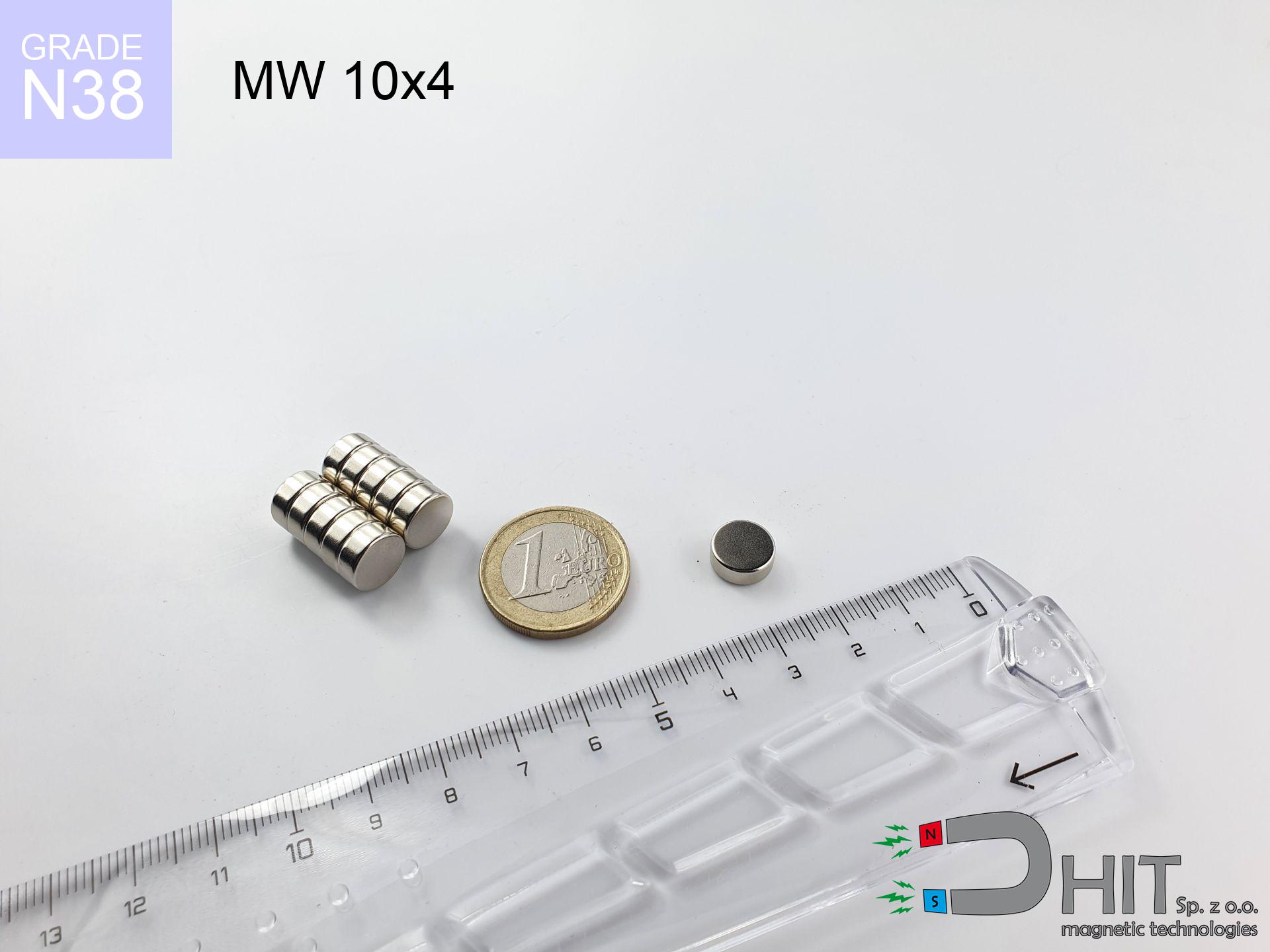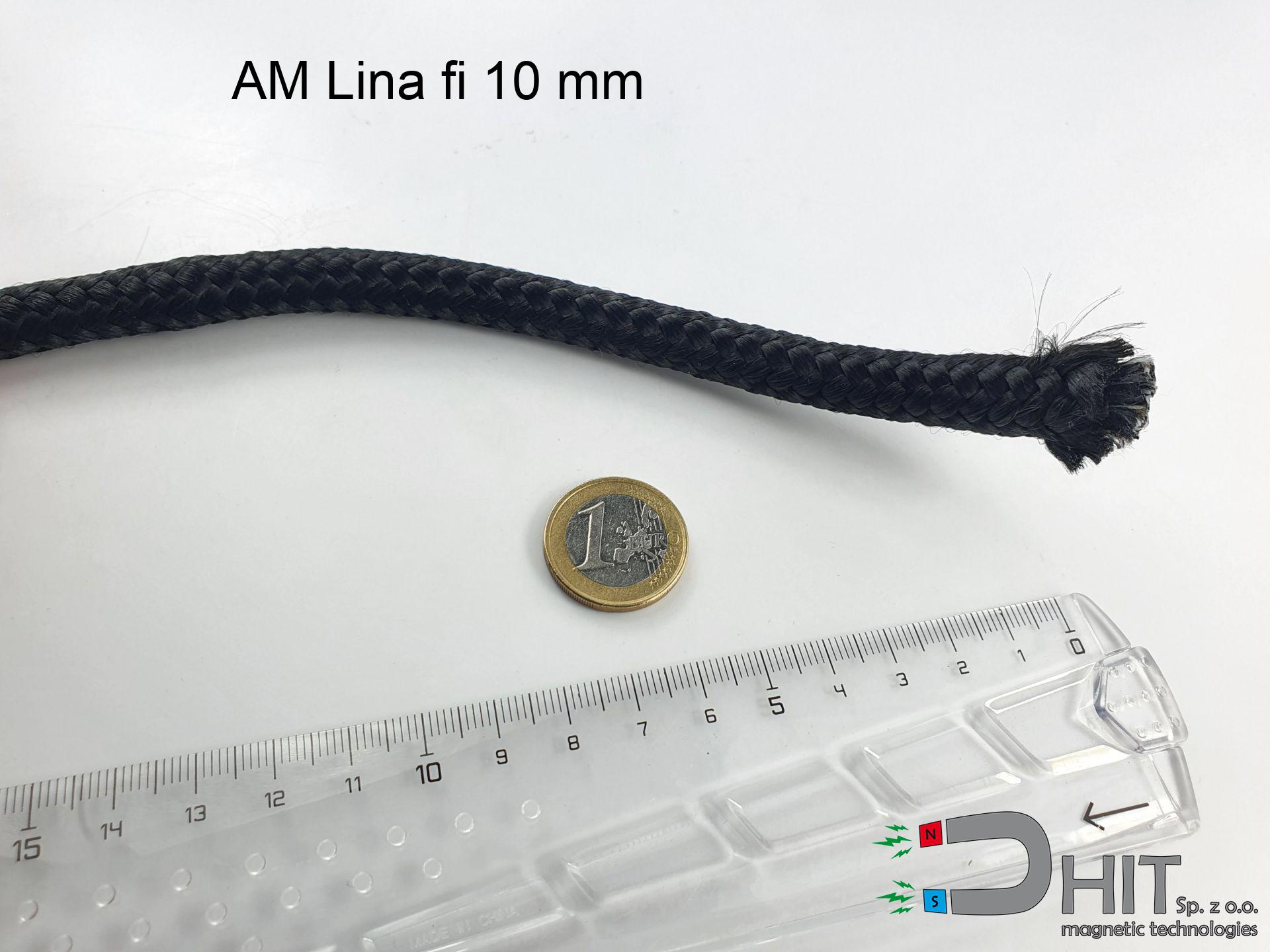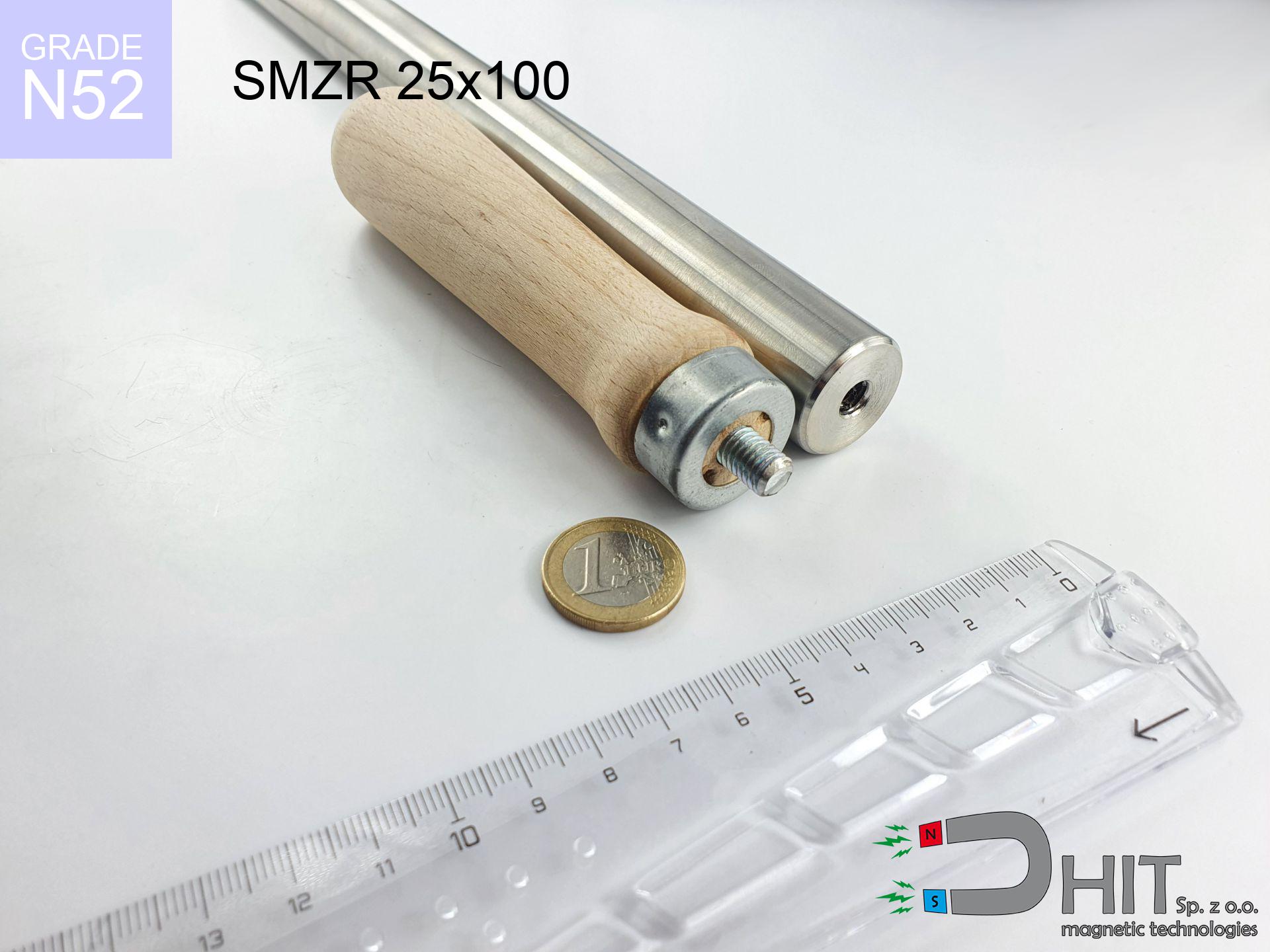UMGZ 20x15x7 [M4] GZ / N38 - magnetic holder external thread
magnetic holder external thread
Catalog no 190322
GTIN/EAN: 5906301813811
Diameter Ø
20 mm [±1 mm]
Height
15 mm [±1 mm]
Height
7 mm [±1 mm]
Weight
14 g
Load capacity
9.00 kg / 88.26 N
7.22 ZŁ with VAT / pcs + price for transport
5.87 ZŁ net + 23% VAT / pcs
bulk discounts:
Need more?
Give us a call
+48 888 99 98 98
if you prefer get in touch by means of
inquiry form
through our site.
Specifications as well as shape of a neodymium magnet can be estimated with our
modular calculator.
Same-day processing for orders placed before 14:00.
Technical - UMGZ 20x15x7 [M4] GZ / N38 - magnetic holder external thread
Specification / characteristics - UMGZ 20x15x7 [M4] GZ / N38 - magnetic holder external thread
| properties | values |
|---|---|
| Cat. no. | 190322 |
| GTIN/EAN | 5906301813811 |
| Production/Distribution | Dhit sp. z o.o. |
| Country of origin | Poland / China / Germany |
| Customs code | 85059029 |
| Diameter Ø | 20 mm [±1 mm] |
| Height | 15 mm [±1 mm] |
| Height | 7 mm [±1 mm] |
| Weight | 14 g |
| Load capacity ~ ? | 9.00 kg / 88.26 N |
| Manufacturing Tolerance | ±1 mm |
Magnetic properties of material N38
| properties | values | units |
|---|---|---|
| remenance Br [min. - max.] ? | 12.2-12.6 | kGs |
| remenance Br [min. - max.] ? | 1220-1260 | mT |
| coercivity bHc ? | 10.8-11.5 | kOe |
| coercivity bHc ? | 860-915 | kA/m |
| actual internal force iHc | ≥ 12 | kOe |
| actual internal force iHc | ≥ 955 | kA/m |
| energy density [min. - max.] ? | 36-38 | BH max MGOe |
| energy density [min. - max.] ? | 287-303 | BH max KJ/m |
| max. temperature ? | ≤ 80 | °C |
Physical properties of sintered neodymium magnets Nd2Fe14B at 20°C
| properties | values | units |
|---|---|---|
| Vickers hardness | ≥550 | Hv |
| Density | ≥7.4 | g/cm3 |
| Curie Temperature TC | 312 - 380 | °C |
| Curie Temperature TF | 593 - 716 | °F |
| Specific resistance | 150 | μΩ⋅cm |
| Bending strength | 250 | MPa |
| Compressive strength | 1000~1100 | MPa |
| Thermal expansion parallel (∥) to orientation (M) | (3-4) x 10-6 | °C-1 |
| Thermal expansion perpendicular (⊥) to orientation (M) | -(1-3) x 10-6 | °C-1 |
| Young's modulus | 1.7 x 104 | kg/mm² |
Material specification
| iron (Fe) | 64% – 68% |
| neodymium (Nd) | 29% – 32% |
| boron (B) | 1.1% – 1.2% |
| dysprosium (Dy) | 0.5% – 2.0% |
| coating (Ni-Cu-Ni) | < 0.05% |
Ecology and recycling (GPSR)
| recyclability (EoL) | 100% |
| recycled raw materials | ~10% (pre-cons) |
| carbon footprint | low / zredukowany |
| waste code (EWC) | 16 02 16 |
Check out more deals
Advantages as well as disadvantages of rare earth magnets.
Strengths
- They do not lose strength, even over nearly ten years – the decrease in lifting capacity is only ~1% (based on measurements),
- They maintain their magnetic properties even under strong external field,
- In other words, due to the reflective layer of nickel, the element gains a professional look,
- The surface of neodymium magnets generates a maximum magnetic field – this is one of their assets,
- Neodymium magnets are characterized by very high magnetic induction on the magnet surface and can work (depending on the form) even at a temperature of 230°C or more...
- In view of the potential of accurate forming and adaptation to specialized solutions, NdFeB magnets can be manufactured in a variety of shapes and sizes, which amplifies use scope,
- Huge importance in advanced technology sectors – they are commonly used in computer drives, brushless drives, diagnostic systems, also modern systems.
- Compactness – despite small sizes they provide effective action, making them ideal for precision applications
Limitations
- To avoid cracks under impact, we recommend using special steel housings. Such a solution secures the magnet and simultaneously improves its durability.
- When exposed to high temperature, neodymium magnets experience a drop in force. Often, when the temperature exceeds 80°C, their strength decreases (depending on the size and shape of the magnet). For those who need magnets for extreme conditions, we offer [AH] versions withstanding up to 230°C
- Due to the susceptibility of magnets to corrosion in a humid environment, we recommend using waterproof magnets made of rubber, plastic or other material resistant to moisture, in case of application outdoors
- Due to limitations in realizing threads and complex forms in magnets, we propose using cover - magnetic mechanism.
- Health risk to health – tiny shards of magnets can be dangerous, if swallowed, which becomes key in the aspect of protecting the youngest. Furthermore, tiny parts of these devices are able to disrupt the diagnostic process medical when they are in the body.
- High unit price – neodymium magnets have a higher price than other types of magnets (e.g. ferrite), which can limit application in large quantities
Pull force analysis
Optimal lifting capacity of a neodymium magnet – what affects it?
- using a sheet made of high-permeability steel, functioning as a magnetic yoke
- whose thickness reaches at least 10 mm
- with an polished contact surface
- without any air gap between the magnet and steel
- for force applied at a right angle (pull-off, not shear)
- at conditions approx. 20°C
Key elements affecting lifting force
- Gap (between the magnet and the plate), as even a tiny clearance (e.g. 0.5 mm) leads to a decrease in lifting capacity by up to 50% (this also applies to paint, rust or debris).
- Direction of force – highest force is obtained only during perpendicular pulling. The force required to slide of the magnet along the plate is standardly many times smaller (approx. 1/5 of the lifting capacity).
- Substrate thickness – to utilize 100% power, the steel must be adequately massive. Thin sheet restricts the attraction force (the magnet "punches through" it).
- Material composition – different alloys attracts identically. Alloy additives weaken the attraction effect.
- Smoothness – ideal contact is possible only on polished steel. Any scratches and bumps reduce the real contact area, weakening the magnet.
- Heat – NdFeB sinters have a sensitivity to temperature. At higher temperatures they are weaker, and in frost they can be stronger (up to a certain limit).
Holding force was checked on a smooth steel plate of 20 mm thickness, when a perpendicular force was applied, in contrast under shearing force the lifting capacity is smaller. In addition, even a minimal clearance between the magnet and the plate decreases the holding force.
Safety rules for work with NdFeB magnets
Safe operation
Exercise caution. Rare earth magnets attract from a long distance and snap with massive power, often quicker than you can move away.
Avoid contact if allergic
Warning for allergy sufferers: The nickel-copper-nickel coating consists of nickel. If redness appears, cease handling magnets and use protective gear.
Compass and GPS
Navigation devices and mobile phones are extremely sensitive to magnetic fields. Direct contact with a powerful NdFeB magnet can ruin the internal compass in your phone.
Serious injuries
Pinching hazard: The attraction force is so great that it can cause hematomas, pinching, and broken bones. Protective gloves are recommended.
Warning for heart patients
Medical warning: Strong magnets can turn off pacemakers and defibrillators. Do not approach if you have electronic implants.
Adults only
Absolutely keep magnets away from children. Choking hazard is significant, and the consequences of magnets clamping inside the body are fatal.
Mechanical processing
Mechanical processing of NdFeB material poses a fire risk. Magnetic powder reacts violently with oxygen and is difficult to extinguish.
Maximum temperature
Watch the temperature. Exposing the magnet to high heat will destroy its properties and strength.
Electronic hazard
Intense magnetic fields can corrupt files on credit cards, hard drives, and storage devices. Keep a distance of min. 10 cm.
Magnet fragility
Beware of splinters. Magnets can explode upon uncontrolled impact, ejecting sharp fragments into the air. Eye protection is mandatory.

![Magnetic holder with external thread UMGZ 20x15x7 [M4] GZ / N38 Magnetic holder with external thread UMGZ 20x15x7 [M4] GZ / N38](https://cdn3.dhit.pl/graphics/banners/magnet.webp)
![UMGZ 20x15x7 [M4] GZ / N38 - magnetic holder external thread](https://cdn3.dhit.pl/graphics/products/um-20x15x7-m4-gz-vaf.jpg)
![UMGZ 20x15x7 [M4] GZ / N38 - magnetic holder external thread - ujęcie 2](https://cdn3.dhit.pl/graphics/products/umgw-20x15x7-m4-gz-jeb.jpg)


![UMH 16x5x32 [M4] / N38 - magnetic holder with hook UMH 16x5x32 [M4] / N38 - magnetic holder with hook](https://cdn3.dhit.pl/graphics/products/umh-16x5x32-m4-lak.jpg)


